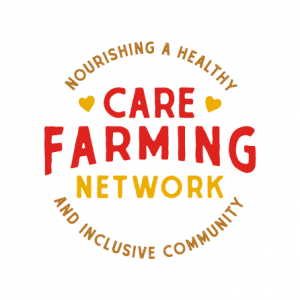
A research paper published in 2007 by researchers in the Netherlands which provides a useful overview of the origins of care farming and its development over time. While focused on care farming in the Netherlands, this paper provides a useful model for research that could be conducted in the US and elsewhere to better understand the care farming landscape.
Abstract: “Surveys among care farmers and data from the National Agricultural Census were analysed to describe the care-farming sector in the Netherlands. The number of care farms increased from 75 in 1998 to 591 in 2005. Care farming is the fastest growing sector of multifunctional agriculture. In 2005, nearly 10,000 clients made use of care farms, of which 8000 used non-institutional care farms. The main client groups were mentally challenged clients, psychiatric clients, autistic persons, elderly people and youths. The average annual revenue of care activities on a non-institutional care farm was about € 73,000, which amounts to annual revenues of € 37.1 million for the total Dutch non-institutional care-farming sector. The annual revenue for care activities was considerably higher than for other extended activities. Care farming resulted in 473 additional jobs in 2005. The prospects of care farming are positive and the growth in number of care farms is expected to continue.”
